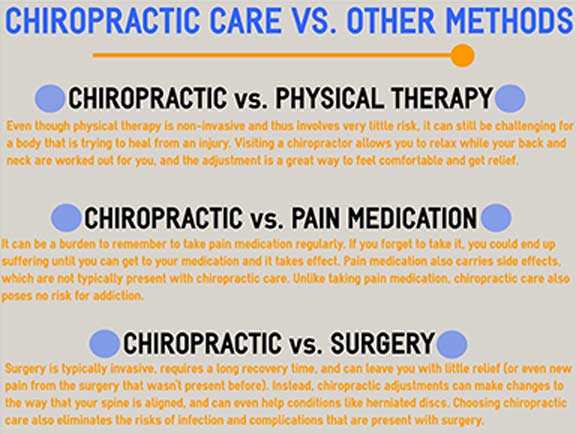Are Acupuncture Points Genuine? An Examination Into Meridian Concept
Are Acupuncture Points Genuine? An Examination Into Meridian Concept
Blog Article
Post Created By-Fallon Lassiter
You might be questioning the existence of acupuncture points and their duty in conventional Chinese medication. These factors, linked to meridian theory, recommend a special system of power flow in the body. While historic texts lay a foundation, modern-day scientific research offers new understandings into their relevance. Are these ancient ideas suitable with contemporary understanding? The answer may amaze you as we explore the intersection of practice and modern research.
The Historic Roots of Acupuncture and Meridian Theory
Acupuncture, with its intricate network of meridians, has deep historical roots that trace back thousands of years in old China.
You'll find that very early messages, like the Huangdi Neijing, laid the foundation for comprehending how energy flows through the body. These writings presented the idea of Qi, the vital energy that flows along the meridians.
As you discover this old practice, you'll discover just how practitioners identified specific points to affect health and equilibrium.
Over centuries, acupuncture evolved, incorporating various strategies and philosophies, yet it remained deeply connected to its beginnings.
Scientific Point Of Views on Acupuncture Things
While many individuals still view acupuncture as an old art rooted in custom, clinical research has progressively shed light on the physiological devices behind acupuncture points.
Research studies recommend these points may correspond to locations rich in nerve endings, blood vessels, and connective tissues. When needles promote these factors, they can activate biochemical actions, such as the release of endorphins and various other neurotransmitters, which aid alleviate pain and promote healing.
Imaging techniques like functional MRI have actually revealed modifications in mind activity connected with acupuncture, supporting its effectiveness.
While apprehension stays, expanding evidence indicate a possible biological basis for acupuncture, inviting more expedition into how these ancient techniques can align with modern-day clinical understanding.
Integrating Old Practices With Modern Medicine
As even more doctor identify the value of holistic approaches, integrating ancient practices like acupuncture with contemporary medication is becoming increasingly appropriate.
You might locate that combining these approaches can enhance client care, using an extra comprehensive therapy plan. By recognizing https://samedaychiropractornearme62840.vblogetin.com/41340182/your-spinal-column-may-play-a-substantial-role-in-your-psychological-stability-uncover-exactly-how-chiropractic-treatments-can-boost-your-mental-health-and-improve-your-life-experience of acupuncture-- such as pain relief and stress decrease-- you're not only dealing with physical symptoms however also advertising general wellness.
This combination enables you to customize treatments to private demands, bridging the gap between traditional knowledge and modern clinical practices. how to get rid of back pain with acupuncturists can likewise increase your expertise and supply your people with a bigger range of options.
Ultimately, accepting this blend can result in enhanced wellness results and a much more well balanced approach to recovery.
Final thought
In conclusion, acupuncture points may not fit neatly right into modern clinical paradigms, but their historical significance and arising clinical assistance suggest they hold value. By checking out the intersection of ancient techniques and modern research study, you can appreciate exactly how these factors might affect wellness. Whether you're a skeptic or a believer, understanding meridian theory opens the door to brand-new perspectives on wellness and recovery, inviting you to consider the prospective benefits of acupuncture in your very own life.
